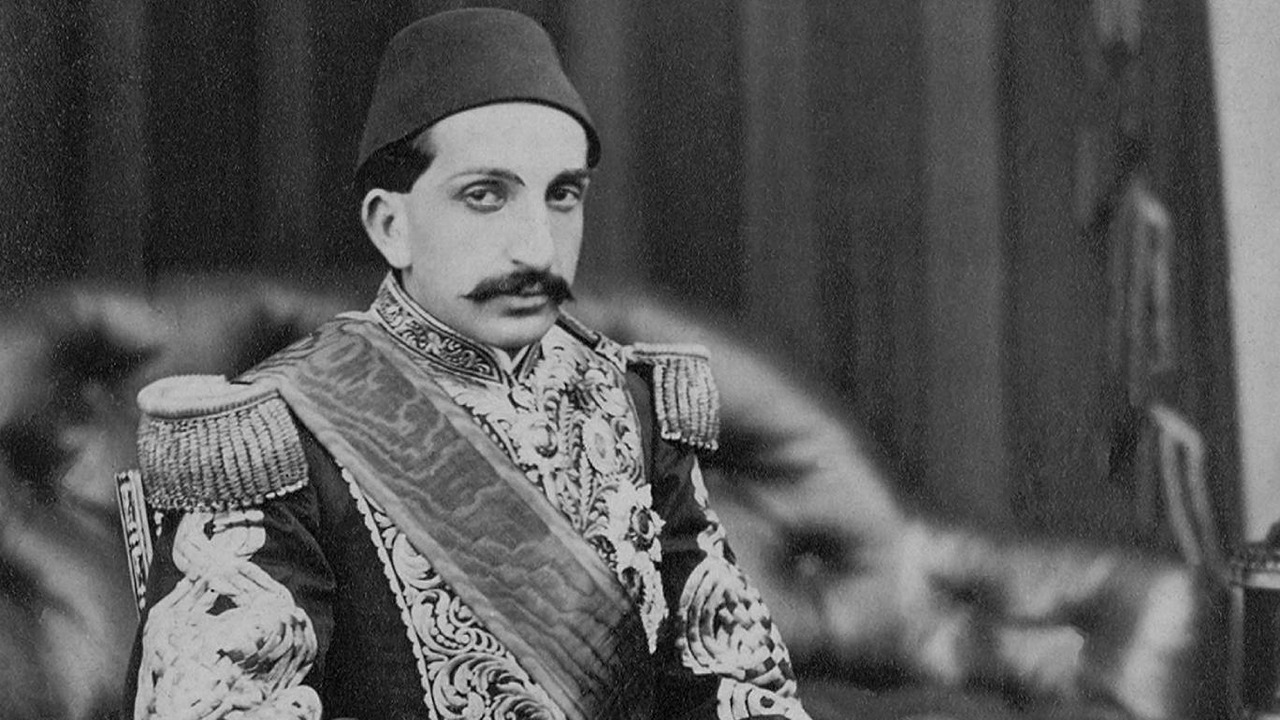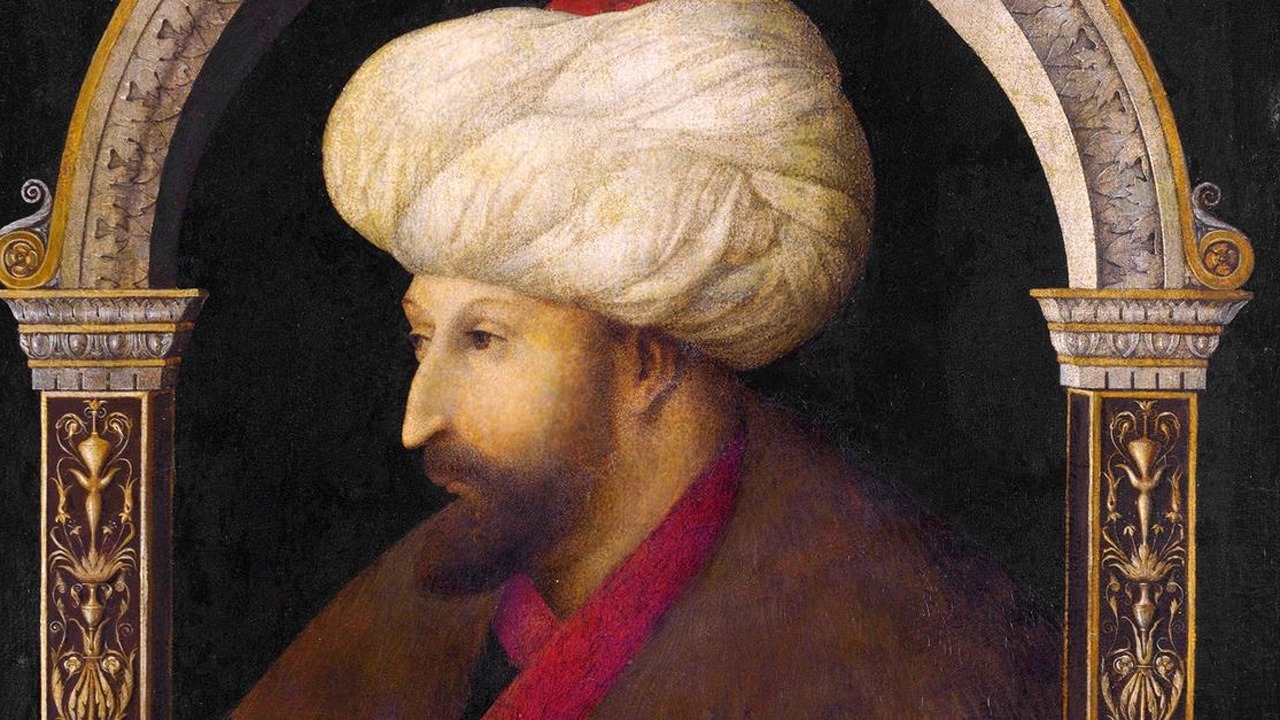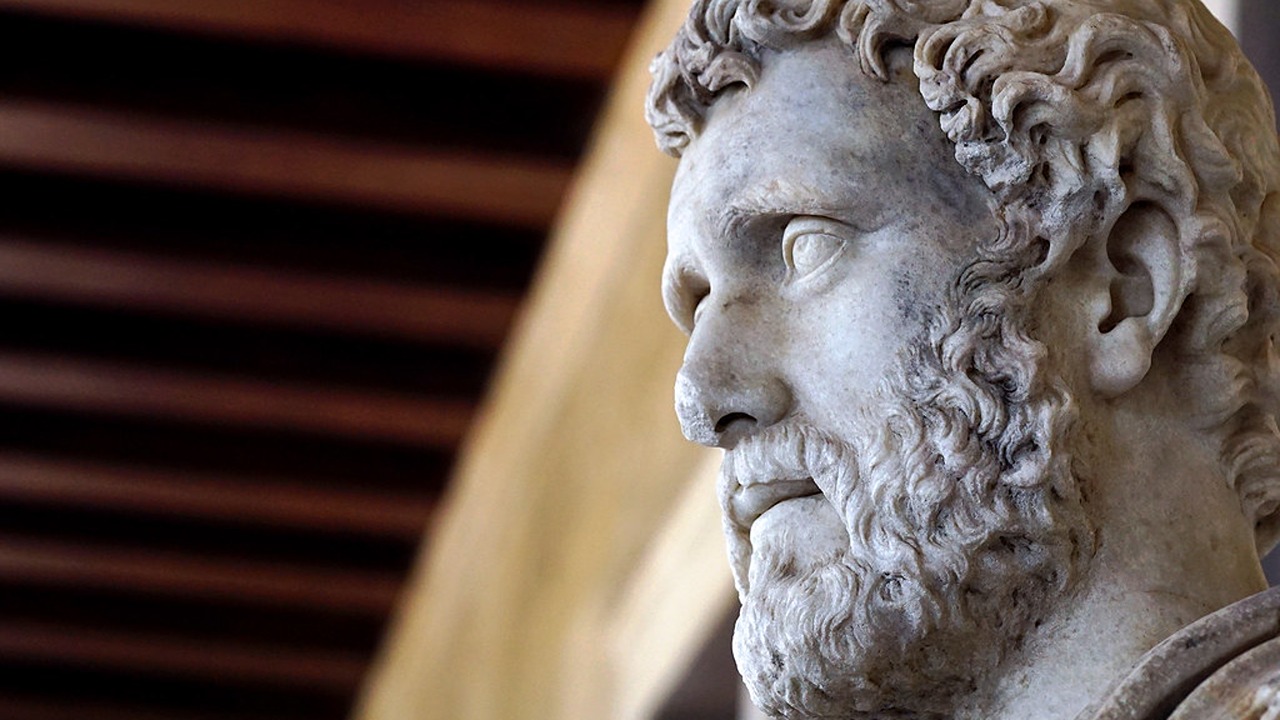The first photograph entered the Ottoman lands through the French in 1839. This invention, which is also new around the world, coincided with the last period of the Ottoman Empire. According to the transfers of Febus Efendi, who was a palace photographer, the number of photographers in Istanbul did not exceed a handful.
When we look at portrait drawings of Ottoman sultans, we usually see them posing sideways. Moreover, this seems to have continued as a tradition. But this is not limited to just them. So did the kings of the Roman empire. statues it appears to be. The main reason for this is not related to the fact that it looks more aesthetic!
Ottoman sultans Just like the Roman emperors, his side posing was an indirect sign of power. But how?
Based on the interview of Febus Efendi, who worked as a photographer for 23 years in the Ottoman palace, it is understood that the sultans were very sensitive about photography.
Ümit Yüksel, who brought the interview to light, What Febus Efendi said about the palace has placed. He talks about Sultan Abdulhamid’s meticulous behavior while posing, until Sultan Reşat posed quietly and left when he was done.
In particular, Sultan Abdulhamid discovered that photography was a document; He also made a photographic archive of his own. Febus Efendi describes Abdulhamid as follows:

“I have only been invited once in 23 years to photograph him. He was also on a throne of necessity. It was supposed to be a gift decorated with his own picture. Here we took a picture to be put on this engagement. I went to Yıldız Palace that day. I set up my machine in the great hall next to his library. After a while, Hünkar entered. He looked around, then addressed me, ‘Febus Effendi, get ready as you see fit, I’m coming now.’ He left, came back five minutes later. He sat in the chair I prepared, He said, ‘Let me know when you shoot’.“
Likewise, he conveyed the kindness of other sultans to him in a similar way. Only In the Ottoman sultans But what kind of power could the side poses, which were seen in Roman emperors, express power?
In fact, the nose is the most important factor here. Yes, nose.

Portrait of Fatih Sultan Mehmet It made a lot of noise on this subject. While the debates on whether or not his nose is actually like that, we skipped how important a symbol it is to actually show a “nose”.
The arched nose, which is now the main actor of plastic surgeries, “Roman nose” It was something known to noble people. More precisely, we can say that it came across noble people. But people wanted to believe it and accepted the arched nose as a symbol of power.
When viewed from the side, the arched nose resembles an eagle’s beak, a symbol of the Roman Empire.

symbol of the Roman Empire The eagle was a powerful and predatory animal. Naturally, it also represented power. At that time, when viewed from the side, the arched nose was likened to an eagle’s beak. The kings must have attributed the eagle’s power to themselves so that the arched nose became a proud organ.
The Ottoman sultans also saw themselves as superior to the Roman emperors. by drawing a side profile portrait They wanted to show. It’s not that it didn’t work.
We can understand the sultans’ desire to intimidate their characters from a single portrait of them. for those times arched nose, symbol of power It’s not like it’s such a bad thing to have, what do you think?
RELATED NEWS
As soon as he ascended the throne, the Ottoman Sultan III, who drowned his 19 brothers. Mehmed’s Life Story
RELATED NEWS
The Statue of Liberty’s Surprising Relationship with the Ottoman Sultan: It Was Almost Standing in the Mediterranean!
RELATED NEWS
The Sultan who had more than a hundred children, III. Murad’s Interesting Life
RELATED NEWS
When You Learn Why This Ottoman Train Has Been in the Middle of the Desert for 105 Years
RELATED NEWS
How many times can you do in this test, which even those who say “I am the grandson of the Ottoman Empire” cannot take the full test?
RELATED NEWS
Why Are Most Ancient Sculptures White Rather Than Colored?
RELATED NEWS
